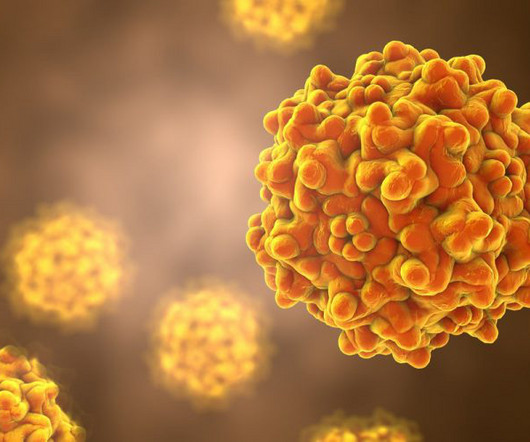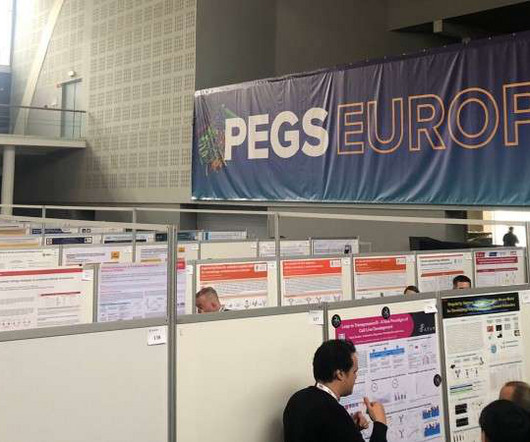Enhancing gene therapy with Circio
Drug Target Review
MAY 22, 2024
What are the key findings of Circio’s in vivo proof-of-concept for its circVec circular RNA platform technology compared to conventional mRNA-based expression with DNA vectors? Circular RNA (circRNA) has two major advantages versus mRNA in a vector-expression context. DNA vectors in mouse models?












Let's personalize your content